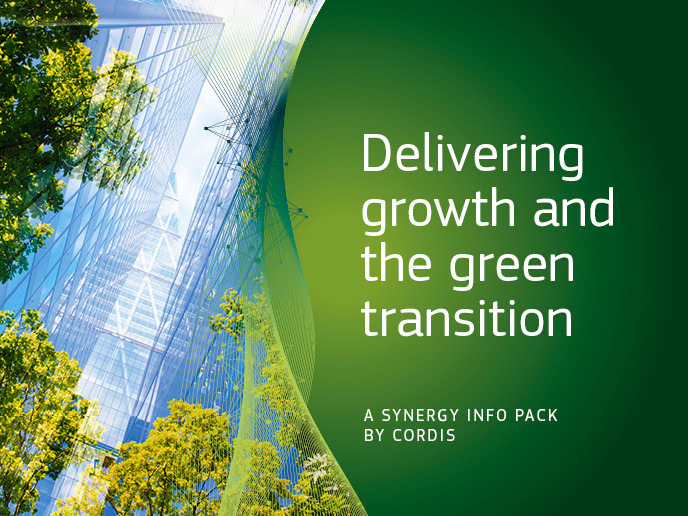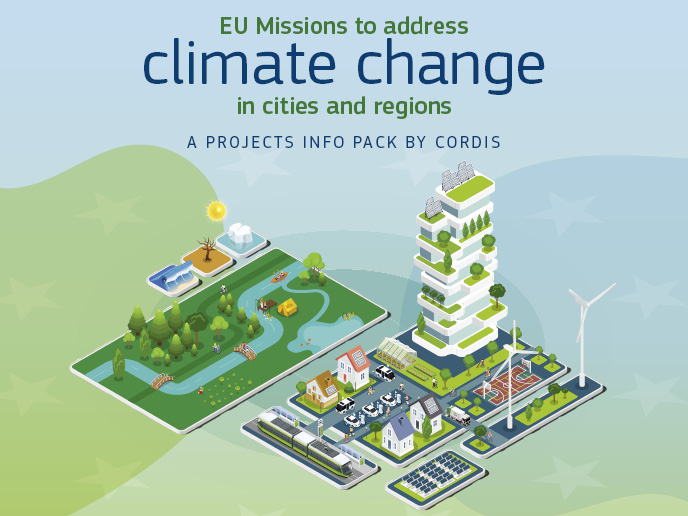Earth observation protects environment and public health
The EO2HEAVEN(opens in new window) (Earth observation and environmental modelling for the mitigation of health risks) project investigated how current trends in geospatial technology and global initiatives can help bridge the divide between environmental studies and health research. The multidisciplinary and user-driven initiative approach focused on the effect of atmospheric pollution (in case studies in South Africa (Durban) and in Germany (Saxony)) and the waterborne disease cholera (in a case study in Uganda). Public health stakeholders and practitioners were actively involved in the project activities, working together with technology and service providers in the areas of Earth observation (EO) and environmental monitoring. The consortium also developed methodologies, correlation models, spatial data services (using OGC Standards) and applications, which supported the main activities involved in environmental health. Project partners specified and implemented a Spatial Information Infrastructure (SII). This was an open architecture based on international standards and geospatial web services, which supported the large-scale initiative GEOSS. EO2Heaven contributed best practice and proof of concept implementations to GEOSS pilot activities. Researchers also addressed the need for improved information flow and corresponding mitigation responses through the development of a mobile data application, as well as data processing and visualisation services. These services enabled healthcare workers to collect and retrieve up-to-date data, such as information on cholera cases in Uganda, and to visualise the data and results for research and decision-making purposes. The specific systems and generic components developed will aid decision-making across both the health and environmental domains. These EO2Heaven deliverables will benefit end-user stakeholders such as health professionals, scientists and domain experts.







